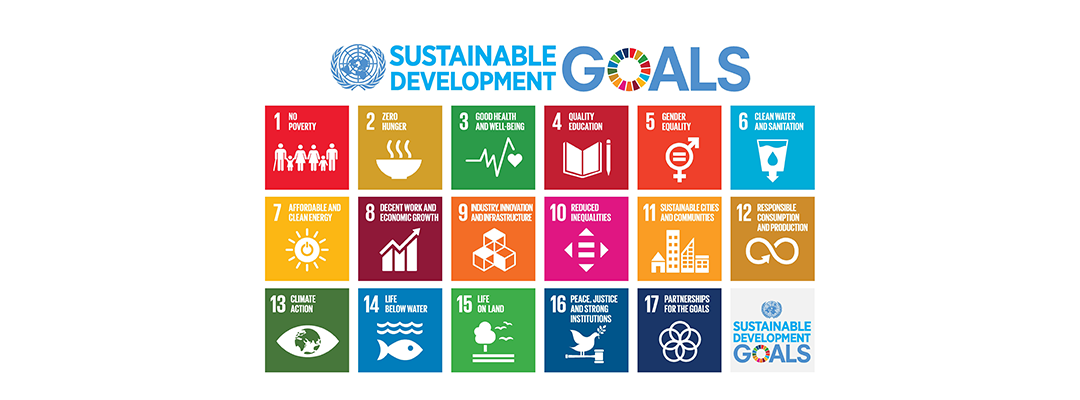What is blended finance and why should inclusive business entrepreneurs care?
Thank you for taking the time to contribute to this issue of CLUED-iN. Tell us, what is blended finance and why should inclusive business entrepreneurs care about it?
Blended finance is a financing approach that can contribute to achieving the Sustainable Development Goals (SDGs), which will require us to mobilise additional finance for sustainable development, and at the same time to develop inclusive and innovative solutions to existing economic, social and environmental challenges. Blended finance can bring these two together, by mobilising finance for projects that contribute towards sustainable and inclusive development.
Why should inclusive entrepreneurs care? With innovative financing approaches such as blended finance, the development cooperation world puts the private sector at centre stage! The private sector is not only seen as a source of the additional capital needed, but also as crucial in developing and implementing innovative business solutions. Development actors are increasingly partnering with investors and inclusive businesses to understand how they can leverage the strength of their partners in both providing capital and innovative ideas.
How does blended finance help to unlock private capital?
Blended finance is a strategic mix of financial instruments, with the goal to create investment opportunities for private investors. Commercial actors such as banks or asset managers, for example, expect a commercial return. Too often, private investors shy away from investing in developing countries, for a variety of reasons. In short, the risk-return relationship simply does not match many investors’ investment profiles. By re-allocating risks—for instance by providing guarantees that mitigate political or credit risk exposure of the private sector lender—the donors act as strategic investors, taking first losses.
Can you provide some specific examples where blended finance has been successful?
Blended investment funds structure risk and returns so that private investors are mobilised, for example, to provide equity or mezzanine financing to inclusive agribusinesses in developing countries and emerging markets. An example of this is the Danish Agribusiness Fund, which mobilises Danish pension funds with the support of the Danish government and the Danish Development Finance Institution IFU. The Microfinance Initiative for Asia (MIFA) is another example where donors provide first loss protection to private investors that are willing to invest in a fund that provides debt instruments to microfinance institutions (MFIs). MFIs then provide loans to small entrepreneurs and businesses.
Our data shows that guarantees are the most effective tool in mobilising private financers. The Swedish development agency Sida, for example, provided a guarantee for a corporate bond issued by MTN Uganda, a telecom company, in order to back its expansion plans to rural areas. Sida’s intervention enabled the company to issue a local currency bond held by an institutional investor, which enabled MTN Uganda to increase access to telecom infrastructure in remote areas.

What has been the response of commercial investors as awareness of blended finance increases?
Private finance is a topic of increasing importance to commercial investors, as was reflected in our annual Private Finance for Sustainable Development (PF4SD) conference, which brought together 500 participants from the private and public sectors earlier this year. I am looking forward to our 2020 edition next January! The conference addressed the need for better measuring and monitoring of the impact of blended finance and other innovative financing approaches, which is a shared concern on both the public and private side.
What are the opportunities and risks associated with blended finance for entrepreneurs? What should they be aware of?
Blended finance models should increase the pie of finance that is available for sustainable development. As such, entrepreneurs should be able to access additional finance where there previously was none. In general, the OECD is aiming to help the blended finance market grow in a transparent and regulated manner, to ensure it fosters sustainable development. We do this by helping key actors agree on principles and implementing them and by collecting data and evidence.
What is needed to scale up the blended finance approach? What’s on the horizon?
There is clearly a need for standardisation in order to scale commercial investment. Given different regional and sectoral focuses, as well as differing investment criteria among blended finance funds and facilities, it is complex for the private sector to understand all the options available. Structurally, a variety of actors from governments, development finance institutions, the private sector and think tanks are currently coming together under the Tri Hita Karana Roadmap for Blended Finance. The Roadmap was launched under Indonesian leadership last October in Bali. The aim is to jointly work towards scaling blended finance. The public and private sector must work together to make blended finance work for the SDGs.
Additional Resources:
Making Blended Finance Work for the Sustainable Development Goals
OECD Conference Report: Private Finance for Sustainable Development Week
